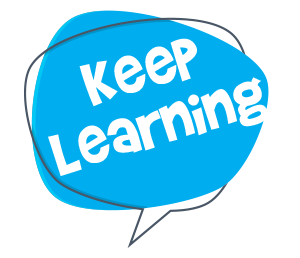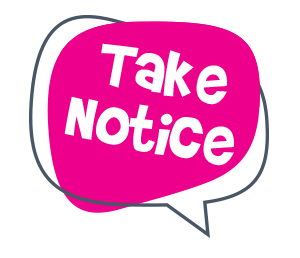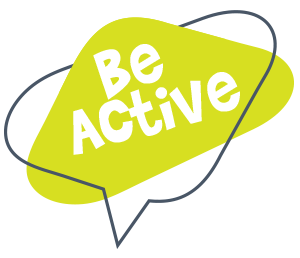News
Managing Your Personal Boundaries
Let’s start with an experiment:
If I shrink all the spaces between letters, words and lines, can you make sense of the following text?
Ifyourmainparachuteismalfunctioningorhasbecometangleditsimportantthatyou canbreakawayfromitbeforedeployingyourreserveorelsethereserveparachutemaybecometangledTogetinthebreakawaypositionspreadyourlegstoreduceyourvelocityandkeepyourheadupwithyourbackarchedbeinginthewrongpositioncouldgetyouentangledinyourmainchuteYoumustbreakawayataminimumof1600feettoallowyouenoughtimetofullydeployyourreserve.
Challenging isn’t it?
To read that text we need spaces. We need defined rules or limits, in other words Boundaries, to bring togetherness, clarity, meaning and ease. Let’s add the boundaries to the text:
“If your main parachute is malfunctioning or has become tangled, it’s important that you can break away from it before deploying your reserve or else the reserve parachute may become tangled. To get in the breakaway position, spread your legs to reduce your velocity and keep your head up with your back arched. Being in the wrong position could get you entangled in your main chute. You must break away at a minimum of 1,600 feet to allow you enough time to fully deploy your reserve.”
And if the text is about how to use the emergency parachute then boundaries can also bring key safety information!
So good boundaries help us connect and at the same time feel safe. The better we are at managing our own boundaries and the impact of other’s boundaries on us, the more satisfying our lives will be. Simply said but not that easily done because many factors are involved:
- Boundaries are difficult to touch or see.
- Emotions and feelings are involved.
- Boundaries have generally a cultural, social and personal significance (handshake or kiss and physical closeness in France, bowing and physical distance in Japan).
- There are different types of boundaries.
We can identify 4 types:
- A person with Healthy Boundaries is adaptable, respectful of others’ values and will be comfortable with saying No.
- A person with Rigid Boundaries seems to show little empathy or interest in getting to know others besides what is needed, seems to show little interest in letting others know him/her or might have a black or white perception of the world. All of this leads to a sense of isolation.
- People with Porous Boundaries share too much personal info, tend to be dependent on how they are perceived by others as they are afraid of not being liked. Saying No is almost impossible.
- People with Trespassing Boundaries function in an “expand or die” logic where territory is important, being recognised or admired is crucial and making themselves “bigger” compensate for the lack of self-esteem or sense of safety.
Before you start being too self-critical, you need to know that we all have in us those 4 types of boundaries, that there is no right or wrong boundaries and that the context sometimes dictates what type of boundary we need to use whether we are aware of it or not. Think about it: would your boundary be similar if you are with a loved one or on the battlefield? If you’re on holidays or at work?
Our boundaries need to adapt: this is the healthy approach. Trouble starts when our boundaries do not take our environment into consideration. It is not a good idea for a prison warden to give a massage to an inmate or for a brain surgeon to be emotionally involved during surgery.
Other’s boundaries will have an effect on us. How do we know? By how we’re left feeling, thinking or by our own behavioural response.
The key to promoting healthy boundaries lies in educating ourselves about ourselves, by understanding the nature of boundaries which is what you’re doing right now, by trusting your inner wisdom, by growing your self-confidence and by using your support system like family, friends and professionals.
Identifying how best to manage boundaries, will you make changes to ensure you look after your wellbeing?
This article is provided by Toufik Messabik, Rehabilitation Officer with The National Learning Network.
Subscribe to The Wellbeing Network - West Cork
Subscribe now to get free resources from The Wellbeing Network, and stay informed about updates, events and information. By signing up, you are opting in to emails from The Wellbeing Network. We will send you useful information about our work - we promise not to bombard you with mails, we always keep your details private, and you can unsubscribe at any time.
Need to talk?
Click Here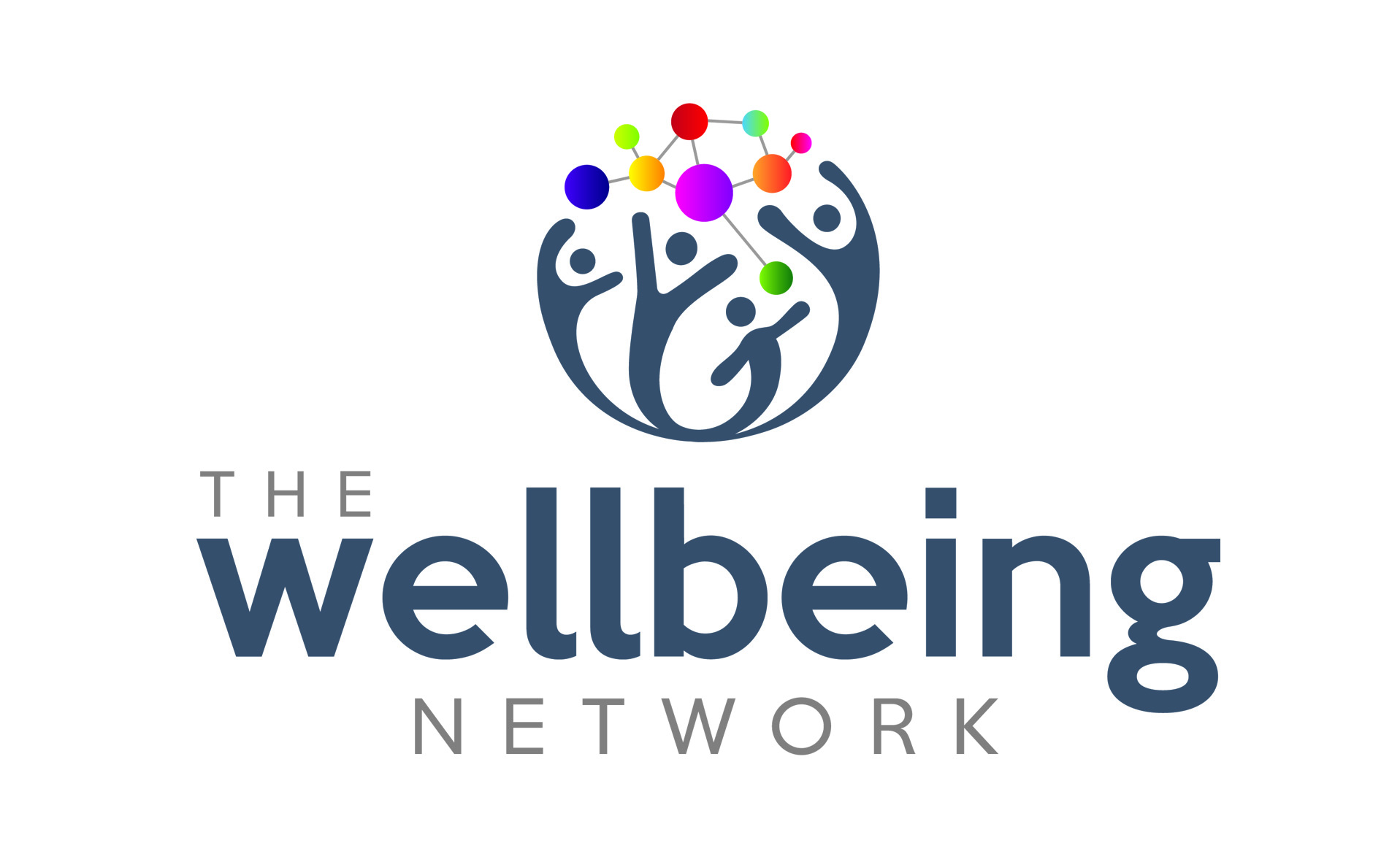
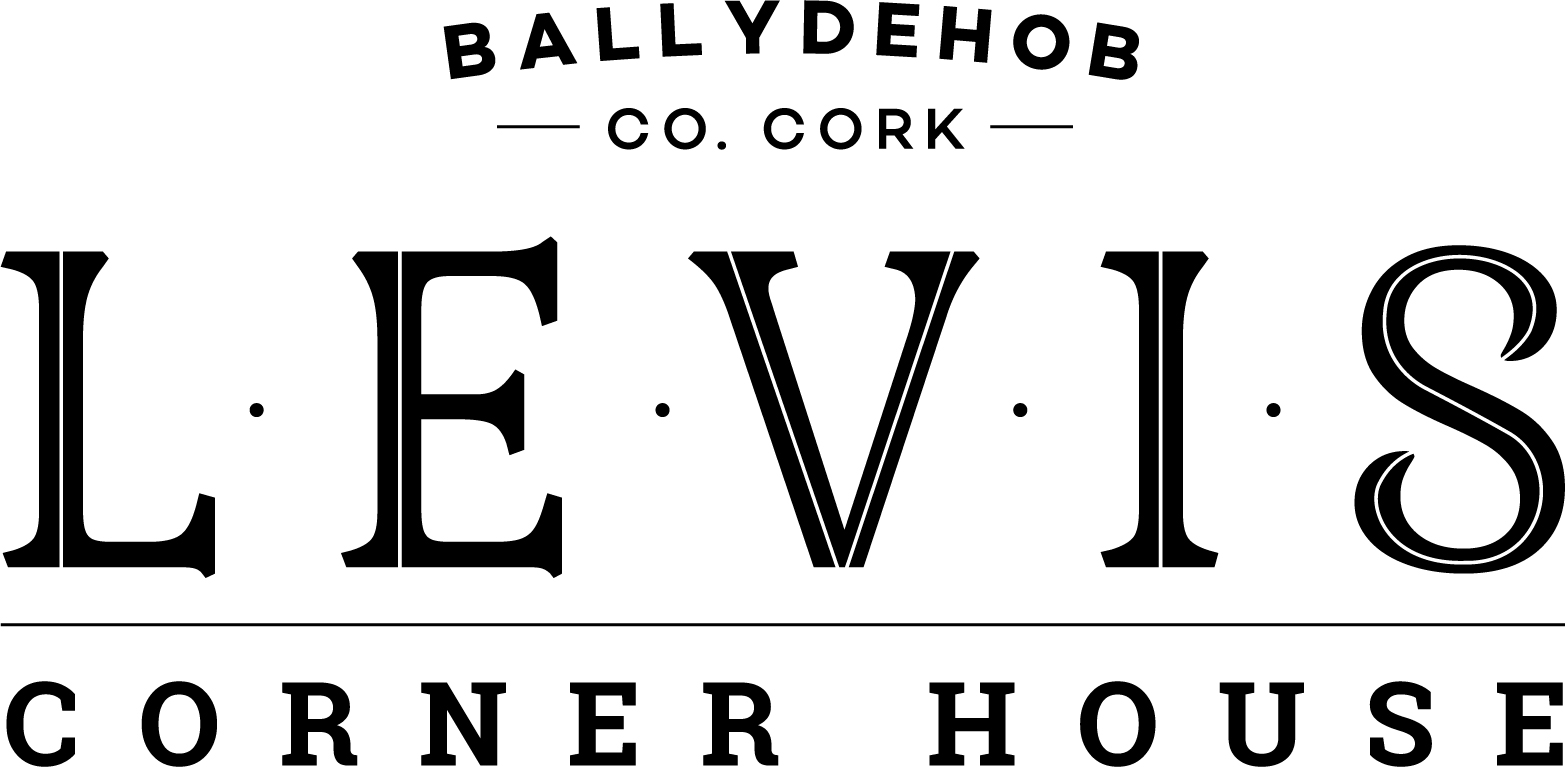



The Wellbeing Network, West Cork
Contact:
National Learning Network Bantry t: 027 51027 e: wellbeingnetwork@nln.ie
Kevin O'Shanahan t: 086 7872481 e: kevin.oshanahan@hse.ie






